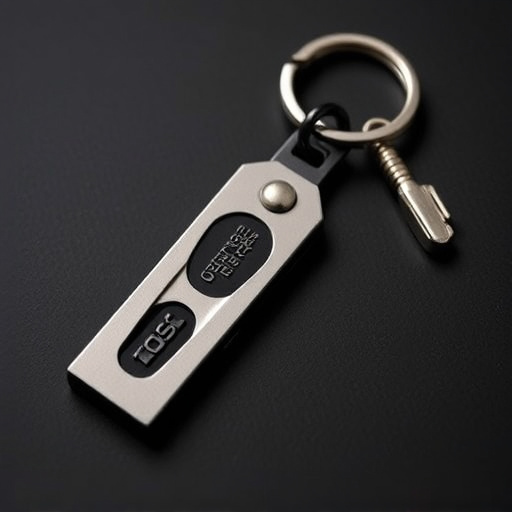Mastering keychain pressure point defense moves enhances personal security. By identifying sensitive areas and leveraging targeted pressure distribution, users can strengthen their grip and prevent attackers from gaining control. Grip design with secure, non-slip features ensures precise manipulation during stressful situations, while techniques like thumb locks and wrist twists provide strategic advantages in real-life self-defense scenarios. Regular practice is crucial for effectiveness.
In today’s world, self-defense tools are becoming increasingly compact and portable. The metal defense keychain offers a convenient option for personal safety. This article explores effective keychain pressure point defense moves, delving into crucial aspects like understanding keychain pressure points to enhance your defenses and grip design principles for superior control. By mastering these tips, you’ll be prepared with a subtle yet powerful tool to protect yourself in unexpected situations.
- Understanding Keychain Pressure Points for Effective Defense
- Grip Design Principles for Enhanced Control and Safety
- Practical Keychain Defense Moves to Master and Implement
Understanding Keychain Pressure Points for Effective Defense
Understanding the pressure points on a keychain is crucial for developing effective defense moves. When held in the hand, keychains have specific areas that are more sensitive and vulnerable to pressure-based manipulation. By applying targeted pressure to these points, an attacker can disrupt the grip and potentially cause harm.
Keychain Pressure Point Defense Moves focus on strengthening your hold and leveraging these points to create a solid barrier. For instance, focusing on the base of the keychain where it connects to the ring or chain is a strategic move. Applying gentle yet firm pressure here can stabilize your grip and prevent an attacker from gaining control. Additionally, understanding how to manipulate the weight distribution along the keychain’s length enables users to adapt their defense according to various attacks, ensuring a more dynamic and responsive protective strategy.
Grip Design Principles for Enhanced Control and Safety
Grip design plays a pivotal role in enhancing control and safety for pressure point defense moves using a keychain. The primary principle involves creating a secure, non-slip grip that allows for precise manipulation even in stressful situations. This can be achieved by incorporating ergonomic features such as textured surfaces or specialized materials that improve friction.
Keychain users should focus on designing grips that evenly distribute pressure across the entire hand, ensuring stability and reducing the risk of accidental drops. Additionally, considering the placement of pressure points on the keychain, and aligning them with natural grip positions, can facilitate smoother, more effective defense moves. This holistic approach to grip design not only improves control but also enhances overall safety during self-defense scenarios.
Practical Keychain Defense Moves to Master and Implement
In the realm of self-defense, even small tools like keychains can become powerful weapons when mastered correctly. When it comes to keychain pressure point defense moves, understanding how to apply leverage and target vulnerable areas is crucial. One effective move is the thumb lock, where you wrap your thumb around an opponent’s joint, applying pressure to limit their movement. This simple yet potent technique can disable an attacker long enough for you to escape or gain assistance.
Another key chain defense move to master is the wrist twist, which involves grabbing an attacker’s wrist and twisting it sharply. This maneuver disorients and disarms them, providing a critical moment to assess your surroundings and plan the next step. Remember, these moves are most effective when practiced regularly; consider training with a trusted partner or using self-defense apps that simulate pressure point defense techniques for better familiarity and precision in real-life scenarios.
When it comes to mastering metal defense keychain grip design, understanding the key pressure points and applying effective grip principles are paramount. By combining theoretical knowledge with practical moves, such as those discussed in this article on keychain pressure point defense moves, you can enhance your control and safety while defending yourself with a keychain. Remember, proper grip design isn’t just about strength; it’s about strategy and precision, allowing you to neutralize an attacker efficiently in various situations.
